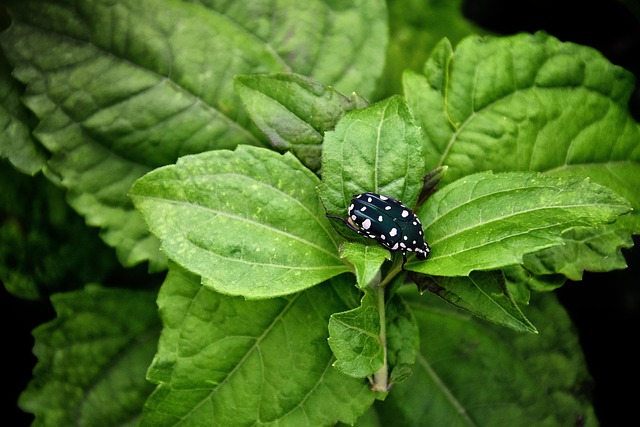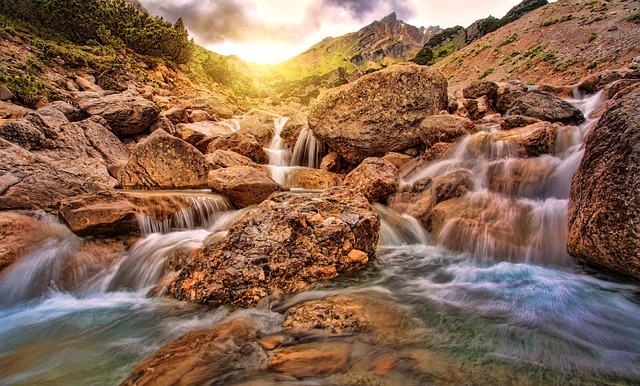Vignette Austria: The Land of Music and Art
When one thinks of Austria, the immediate associations that come to mind often include the extraordinary contributions of its composers, artists, and thinkers. This enchanting land, nestled in the heart of Europe, is not only steeped in history but also brimming with vibrant spirit and cultural depth. From the resonating echoes of classical music to the strokes of a painter’s brush, Austria embodies a unique melange of artistic expression that continues to inspire and ignite passion in visitors from around the globe.
The Melodic Tapestry of Music
Austria is famously known as the birthplace of many musical legends, including Wolfgang Amadeus Mozart, Ludwig van Beethoven, and Franz Schubert. The very air seems charged with melody, and the country celebrates its musical heritage with fervor. One can hardly mention Austria without envisioning the grandeur of Vienna, a city that has long served as the epicenter of classical music.
The Vienna Philharmonic Orchestra, renowned for its rich sound and artistic excellence, draws music lovers from all over the world. Each year, the world’s attention turns to Vienna during the New Year’s Concert, a tradition that has become synonymous with elegant beginnings and a showcase of the city’s greatest musical talents. This concert, held in the opulent Goldene Saal of the Musikverein, is a testament to Vienna’s enduring legacy in the world of music.
Exploring the many opera houses and concert halls that dot Austria’s landscape reveals a wealth of talent and cultural significance. The Vienna State Opera stands as a pillar of the operatic world, hosting a myriad of performances that attract both seasoned aficionados and newcomers alike. This spectacular venue is not only a place of entertainment but also a symbol of Vienna’s commitment to preserving and celebrating its musical heritage.
The Artistic Legacy
Not only is Austria a land of music, but it also boasts a rich tapestry of visual art that spans centuries. The Baroque art movement found a colorful arena in cities like Salzburg and Vienna, where grand palaces and cathedrals house magnificent frescoes and intricately designed sculptures. The influence of the Secessionist movement, led by figures such as Gustav Klimt and Egon Schiele, marks a distinctive period where art began to embrace modernism, departing from traditional styles and pushing boundaries.
Visiting the Belvedere Museum in Vienna offers a glimpse into the masterpieces of these iconic artists, showcasing their innovative approaches and the emotions that their works evoke. Klimt’s famous painting, “The Kiss,” is housed within its walls, standing as a testament to romanticism and beauty. The connection between the visual arts and music is palpable in Austria, where the two fields often intersect, inspiring collaboration and creative dialogue throughout history.
The Influence of Literature and Philosophy
Austria’s contributions are not limited to music and art; the literary and philosophical landscapes have also flourished within its borders. Renowned writers such as Franz Kafka and Stefan Zweig have entered the pantheon of literary giants. Their works articulate the struggles and complexities of human emotion and social realities, which resonate across time and space.
Vienna, known for its coffee house culture, was a breeding ground for intellectual discussion and literary expression. The famous Café Central, where writers and philosophers gathered to exchange ideas, stands as a symbol of this robust cultural heritage. These coffee houses remain vibrant hubs today, inviting visitors to indulge in coffee while soaking in the words of the city’s past intellectuals.
Cultural Celebrations and Festivals
Austria is alive with festivals that celebrate its rich artistic tradition. The Salzburg Festival, for example, is a premier event that encompasses opera, drama, and concerts, honoring the great works of composers and playwrights alike. The festival typically takes place during the summer months, transforming Salzburg into an epicenter of culture and art, where international talent gathers to showcase their abilities.
Another noteworthy festival is the Vienna Festival, which presents an exciting array of performances, including opera, dance, and theatre. This festival embodies the spirit of Vienna, encouraging creativity and innovation while connecting artists with audiences through a shared appreciation for the arts.
Artistic Education and Future Generations
Education plays a crucial role in maintaining Austria’s legacy in the arts. The country’s esteemed conservatories, such as the University of Music and Performing Arts Vienna, nurture the next generation of musicians, composers, and performers. These institutions are committed to preserving the traditions of classical music while encouraging students to explore new avenues of artistic expression.
The same is true for visual arts, where fine art academies cultivate talent, allowing aspiring artists to hone their skills. Through workshops, exhibitions, and collaborative projects, the future of Austria’s artistic landscape remains bright, filled with the potential of emerging creatives who showcase their passion and imagination.
Exploring the Museums and Galleries
Austria is adorned with museums and galleries that house both classical and contemporary art, inviting art enthusiasts to embark on a journey through time. The Kunsthistorisches Museum in Vienna stands as a monumental space, featuring collections that showcase works from the Renaissance to Art Nouveau. From masterpieces by the Old Masters to stunning Egyptian artifacts, visiting this museum is akin to walking through history itself.
In contrast, the Museum of Modern Art (MUMOK), located in the MuseumsQuartier in Vienna, caters to the contemporary crowd, showcasing a variety of modern art, installations, and exhibitions that challenge traditional perspectives. This dichotomy of classical and contemporary art is emblematic of Austria’s cultural vibrance, as it embraces a timeline of artistic evolution.
The Charm of Artistic Enclaves
Apart from the urban centers, Austria’s smaller towns and villages exude an artistic charm of their own. The picturesque town of Hallstatt, with its stunning landscapes and historical relevance, has inspired countless artists and photographers. The local craftsmanship, particularly in ceramics and lace-making, reflects the deep-seated appreciation for art in everyday life.
Further afield, the tranquil region of Tyrol showcases the interplay between nature and creativity. Artists have long been attracted to its breathtaking scenery, leading to workshops and retreats that invite both locals and international visitors to immerse themselves in the creative process while being surrounded by unparalleled beauty.
Conclusion
Austria, with its impressive legacy of music, art, literature, and philosophy, remains a beacon of creativity in the heart of Europe. The enchanting landscapes, rich cultural traditions, and profound connections between different art forms create a unique tapestry that defines the Austrian spirit. Whether attending an opera in Vienna, enjoying a Mozart concert, exploring a local gallery, or receiving inspiration from the Alpine scenery, visitors are continually reminded of Austria’s vital role in the global artistic narrative.
In a world often dominated by the transient and superficial, Austria stands firm as a manifestation of enduring creativity and artistic excellence. As the echoes of music and the strokes of a paintbrush linger in the air, Austria will always be revered as “The Land of Music and Art,” inviting individuals to discover, appreciate, and partake in its transformative beauty.


